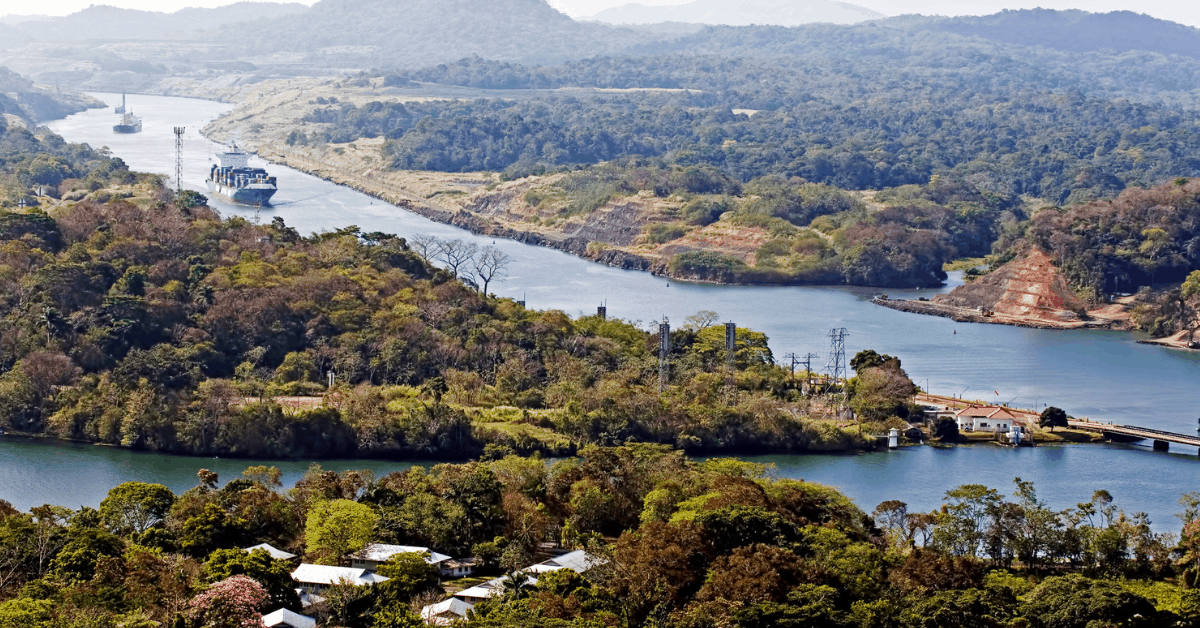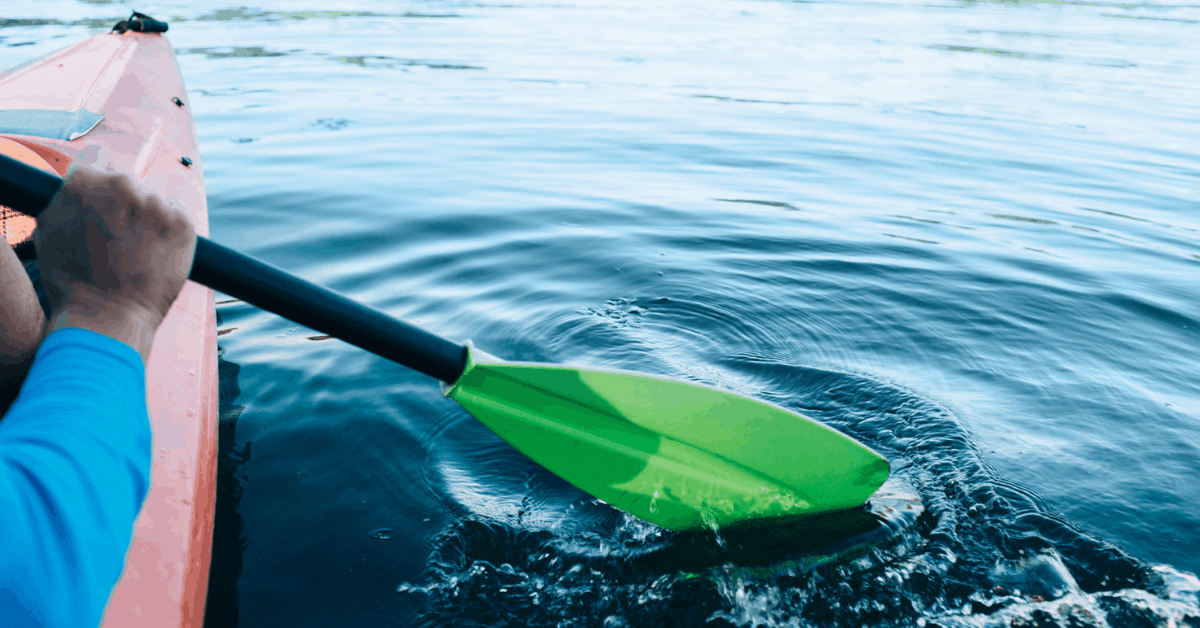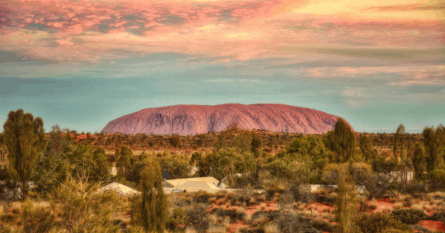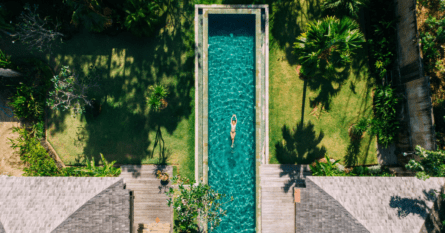When you take a cruise through the Panama Canal, you’re following a journey that people dreamed of for centuries.

A visit to the Panama Canal is a chance to be astonished by one of the world’s greatest engineering marvels, as well as an opportunity to visit a fascinating corner of the world. A Panama Canal cruise is the perfect way to enjoy this great experience. Considered one of the seven wonders of the modern world, the Panama Canal was the fruition of centuries of dreaming about a shortcut from the Atlantic to the Pacific Ocean.
Where is the Panama Canal? It’s right at the slimmest portion of Central America, on the Isthmus of Panama connecting North America to South America. People strategized ways to cut through this land bridge as far back as the 16th-century, with the aim of establishing new trade routes that would save weeks of travel when going from the Atlantic Ocean to the Pacific, but it wasn’t until the early 1900s that the idea of creating a canal became practical.
The French actually attempted the effort in the 1880s, but a combination of landslides, yellow fever, and malaria cut their efforts short. U.S. President Teddy Roosevelt threw his influence behind the creation of a canal in 1902 (and supported the independence of the new nation of Panama as it broke free from Colombia), and efforts began again.
The original plan was to create a sea-level canal — but the same landslides that had beset the French were still a problem. In 1905, two nearly simultaneous decisions made the canal possible. The engineering team, headed by John Stevens, switch to a lock design for the canal. In a lock design, ships are moved from one segmented compartment to the next as water floods into each lock, lifting the ship to a new level. At about the same time, the sanitation team, headed by Dr. William Gorgas, concluded that malaria and yellow fever, which were both plaguing the construction crews, were carried by mosquitoes, and they set out to eradicate the pests in the construction zone.
With these advancements, construction began in earnest, with 56,000 men working around the clock to cut their way through a treacherous 9-mile stretch of land. The final dynamiting cleared the way in 1913, and the Panama Canal opened for transit in 1914. In 1999, the United States turned full control of the Canal over to the nation of Panama. More than 1 million ships have crossed through the Panama Canal in its just-over 100 years of use.
You have two primary options when you want to explore the Panama Canal. One is to take a guided tour to see the Canal up close and personal, and the other is to take a cruise that travels through the Canal. The first is ideal if you’re traveling through Central America, while the second gives you the unique perspective of experiencing the Canal in action. Take a look at some of your best choices for Panama Canal tours and Panama Canal cruises.
Panama Canal tours – Close-up views
If you’re already in Central America as part of a vacation or even on a business trip, you can visit the Panama Canal in just a single day or less.
One-day partial transit tours
Tour companies including Panama Marine Adventures, Gamboa Tours, and Adventures Panama can give you an abbreviated introduction to the Panama Canal, with options of journeying either northbound or southbound. Tours from all these companies offer similar itineraries, and all include meals and bilingual narrators.
If you head southbound, you’ll typically start by crossing the Gaillard Cut, which is the narrowest section of the Canal (originally only 92 meters wide, but now more than double to allow larger ships — known as Panamax ships — to pass).
On a transit day cruiser, enter the Pedro Miguel Locks and experience your ship being lowered 9 meters into Miraflores Lake. From there, you enter Miraflores Locks and reverse the process as your ship is lowered to sea level, sails under the Bridge of the Americas, and enters the saltwater of the Pacific Ocean. The northbound journey does the entire trip in reverse, ending in Gatun Lake.
One-day full transit tours
If your bucket list calls for crossing the entire Panama Canal, but you can only spare one day for the experience, consider taking a full-transit, ocean-to-ocean tour. These extensive one-day tours are offered by the same companies that host the partial-transit tours. Expect your full-transit tour, which typically starts at Flamenco Island in the Pacific Ocean, to take about 10 to 12 hours.
The transit day cruiser takes you under the Bridge of the Americas and into Miraflores Locks, where the lock system raises the ship 17 meters above sea level, moving you into the Panama Canal. After the ship sails through Miraflores Lake, switching from saltwater to freshwater, it moves through Pedro Miguel Locks, where it’s lifted another 9 meters.
You then sail through Gatun Lake, 26 meters above sea level, and cross the Continental Divide at Gaillard Cut. From there, you proceed to Gatun Locks, where your ship is dropped back down to sea level in three separate steps, ending up in the Atlantic Ocean — ocean-to-ocean in just one day.
Kayaking the Panama Canal

Yes, you read that correctly. It is possible to kayak the Panama Canal. No, you can’t go through the locks, and you have to stay away from the navigation channel used by the large ships (which is clearly marked with buoys) — but you can kayak pretty much anywhere else in the Canal. Your best bet is to connect with an adventure tour company like Adventures Panama, which starts you off in one of the most amazing sections of the Panama Canal: Gatun Lake.
When it was created, Gatun Lake was the largest manmade lake in the world, which is not surprising, given that 52 million gallons of fresh water spill into the lake every time a ship crosses through the Miraflores Locks (westbound) or Gatun Locks (eastbound). This area used to be a mountain range, and all those former mountain tops are now islands in the lake, ideal for kayaking and exploring by land and water. You can expect to see many different types of monkeys on your kayaking tour, as well as sloths.
Similar one-day kayaking tours from Project Expedition take you to see the Miraflores and Pedro Miguel locks in action from the road before you enter the Canal itself via motorboat. Once you reach Gatun Lake, you can set forth in your single or double kayaks to explore a part of the Canal in a way that’s truly up close and personal.
Panama Canal cruises – An unforgettable experience
If you want to cruise through the Canal, you have a couple of choices. The most common way to transit the entire Canal from one ocean to the other is on a major cruise that takes you from Florida to California (or vice versa). Typically these cruises will also visit ports in the Caribbean, Mexico, and Central America.
Many people can’t spare the time for such an extensive cruise. In this case, check out the partial transit cruises that can take you from the Caribbean to Gatun Lake and back again.
Westbound on the Celebrity Infinity
This 15-night, full-transit cruise on the Celebrity Infinity takes you from Fort Lauderdale, Florida to San Diego, California, with shore excursions to let you explore the spectacular rainforests of Costa Rica, the grandeur of Cartagena, Colombia, and the white sand beaches of Cabo San Lucas in Baja California, Mexico. You’ll transverse the entire Panama Canal from west to east, enjoying the view from the ship’s rooftop terrace. Cruise cuisine runs the gamut from Italian specialties to innovative modern gastronomy to light and healthy choices.
Round-trip on the Norwegian Pearl
This 11-day cruise starts in Miami and gives you two opportunities to experience the Panama Canal: east to west, and then west to east on your return. Along the way, shore excursions let you explore excavated Mayan ruins in Belize, visit a rainforest animal sanctuary in Roatan, go snorkeling in one of the largest reefs in the world, tour Old Town Cartagena, and relax on a white sand beach on a private island off the coast of Mexico. Norwegian Cruise Lines is notable for providing “freestyle” dining options, and its ships are among the newest in the cruise industry, with spacious staterooms and promenades.
Westbound on the Vision of the Seas
This Royal Caribbean cruise takes 16 days to transport you from Miami, Florida to Los Angeles, California, with shore excursions to explore the heritage and bustling marketplaces of Cartagena, the UNESCO World Heritage Site of Portobelo National Park in Panama, the wild animals at a private eco-tourism preserve in Costa Rica, the quaint mountaintop villages of Guatemala, and amazing snorkeling, beaches, and resorts in Mexico — not to mention your transit through the Panama Canal, where you’ll see up close how the ingenious system of locks works to raise giant ships above sea level and lower them down again. In between these adventures, you can enjoy Broadway shows, dancing, rock climbing, and foodie-worthy cuisine onboard the Vision of the Seas.

Tips for exploring the Panama Canal
A trip to or through the Panama Canal for many is a once-in-a-lifetime experience, maybe even one that’s been on your bucket list for a while. Make the most of your visit by following these helpful tips:
Don’t sleep in
Even if you’re on a cruise that covers more than two weeks, the day you pass through the Panama Canal is a special one, and everyone on your cruise has been waiting for this moment. This is not the day to sleep in. The best viewing locations are bound to fill up fast, so make sure you claim your spot at the rail as early as possible.
Choose the best side of the ship
If you have a private balcony in your cruise ship stateroom, you won’t have to concern yourself with getting a prime viewing spot as long as you’re on the right side of the ship. If you’re heading from the Caribbean to the Pacific Ocean, opt for the port side of the ship (the left side). If you’re transiting from Pacific to Atlantic, obviously you’ll want to starboard (right) side. This way, you get to see Panama City as you pass by.
Prepare for tropical weather
Even if you’ve vacationed in the Caribbean before, you may not be ready for the heat and humidity you’re likely to experience in Panama. Make sure to bring plenty of sunscreen and wear a hat to protect your skin and eyes from the intensity of the sun. It’s a good idea to take advantage of the air-conditioned areas onboard the ship and stay well hydrated, to keep yourself healthy and safe. Always be prepared for rain as well.
Streamline your travel
Whether you’re taking a cruise or heading off for an adventure vacation, all the transitions from airport to hotel to ship and back again can take a toll on your energy and enjoyment of travel. Streamline your journey when you book a reliable Blacklane car service to help you make all those connections smoothly.
Choose your shore excursions wisely
If your cruise ship docks in Colón, you may be offered a shore excursion that takes you on a boat trip through the Panama Canal. Be aware that this excursion isn’t likely to offer a significantly different experience than the one you just had (or are about to have) on your cruise ship. If you’re fascinated by the Canal, opt for an excursion to the Miraflores Locks and Visitor Center instead. Other options are likely to include exploring Panama City or visiting the Embera Indians, both of which will enhance your travel experience.



